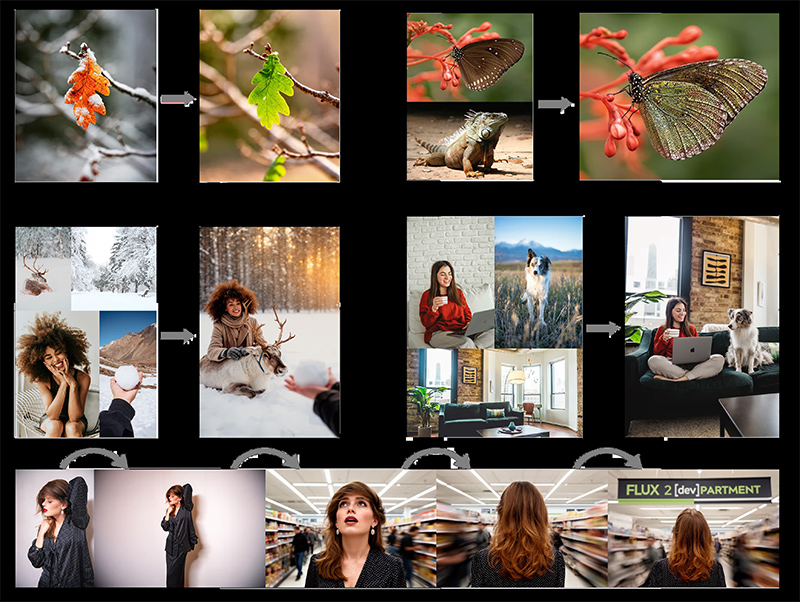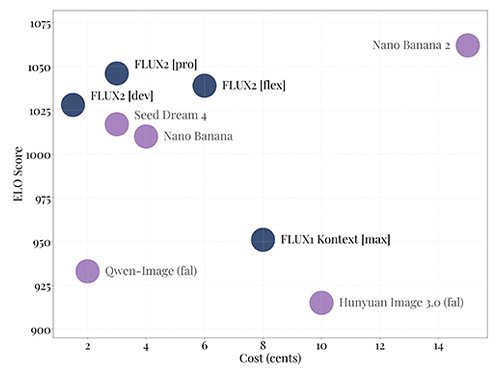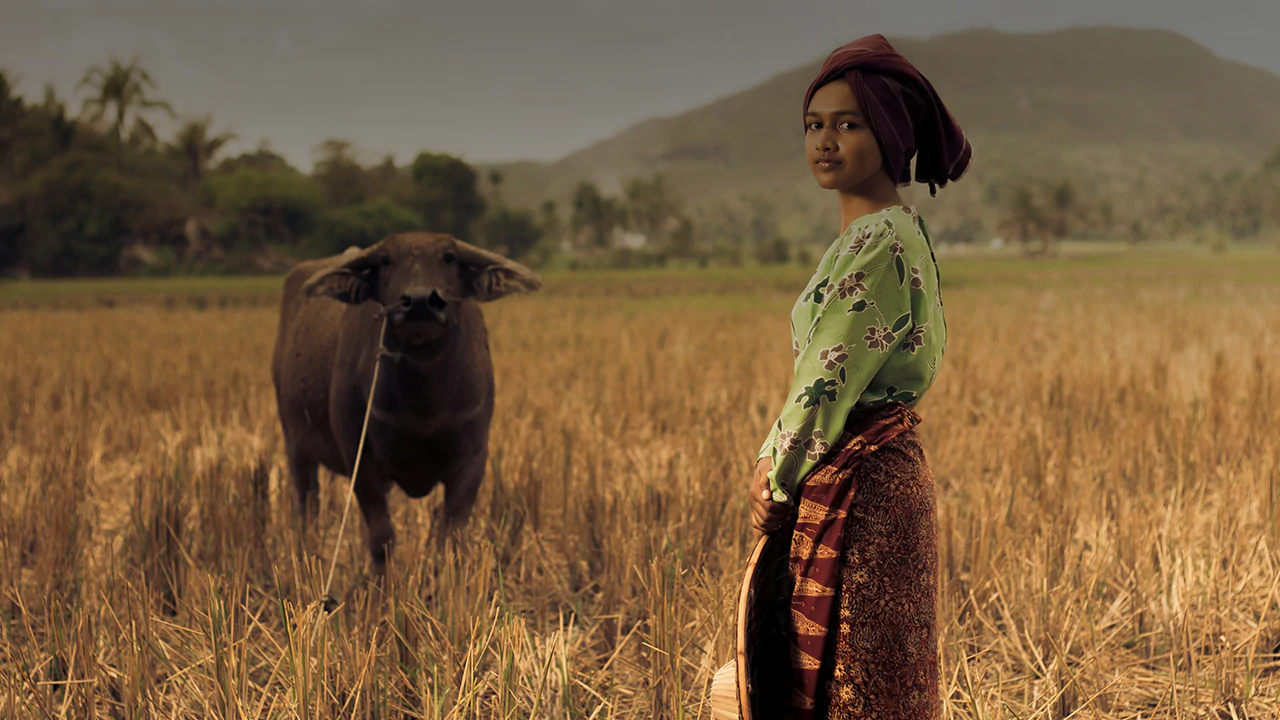
The AI industry is getting more and more crowded, as more entities enter the field and race towards supremacy.
Following OpenAI's revelation of ChatGPT, tech companies, large and small, have all begun competing in an arms race to develop increasingly powerful Large Language Models. And AI-startup Black Forest Labs is just one of the many.
After announcing its first suite of text-to-image AI models, called FLUX.1, now, it's time for 'FLUX.2.'
Black Forest Labs, which also created Stable Diffusion, has made this new generation of image-generation models built for real-world creative production, not just demos.
And on paper and practice, it does compare to the almightly Google Gemini 3-powered Nano Banana Pro.
The release includes Pro, Flex, Dev, and a fully open-source VAE, with a future lightweight Apache-licensed model (Klein) coming soon.
FLUX.2 is here - our most capable image generation & editing model to date.
Multi-reference. 4MP. Production-ready. Open weights.
Into the new. pic.twitter.com/wynj1vfYTV— Black Forest Labs (@bfl_ml) November 25, 2025
For starters, FLUX.2 improves image realism, lighting, detail accuracy, pose control, and prompt adherence.
But its biggest upgrade is multi-reference conditioning (up to 10 images), enabling consistent characters, products, and styles across variations. This is something traditional diffusion models struggle with due to stochastic drift. Also, the models generate 4-megapixel images, render cleaner text, handle UI or infographic layouts, understand multiple languages, and support JSON prompting, including precise color control (e.g., hex codes).
Chasing next-level realism, FLUX.2 picks up right where FLUX.1 left off, accelerating its momentum and pushing the boundaries of what text-to-image models can produce.
"Precision, efficiency, control, extreme realism - where FLUX.1 showed the potential of media models as powerful creative tools, FLUX.2 shows how frontier capability can transform production workflows. By radically changing the economics of generation, FLUX.2 will become an indispensable part of our creative infrastructure," said Black Forest Labs in a blog post.

Business wise, Black Forest Labs partners with Nvidia and ComfyUI to deliver FP8-quantized versions that reduce VRAM requirements by 40%, enabling local inference on consumer RTX GPUs using memory offload.
The company also works with Cloudflare to bring the "open-weight contender" to Cloudflare's inference platform, Workers AI, as well as a bunch of other companies to help it spread its product's reach.
In all, FLUX.2 outperforms all open-weight competitors in Black Forest Labs's benchmarks.
And although slightly below Google's Nano Banana Pro in ELO score, FLUX.2 is dramatically cheaper, costing ~$0.03 per megapixel vs. Google’s ~$0.13–0.24 per image.

In other words, FLUX.1 is able to balance speed and quality, while also providing the flexibility.
The release emphasizes practicality: better enterprise integration, predictable performance, a standardized latent space, improved reconstruction for editing, and an open-core strategy that avoids vendor lock-in.
Overall, FLUX.2 represents a major step toward production-grade, controllable, reliable AI image creation, and the open VAE makes the underlying ecosystem interoperable for developers and enterprises.

But the significance of FLUX.2 isn’t only in its raw capability. It also reflects an industry trend, where one where smaller AI labs are no longer simply following the giants, but directly rivaling them. As compute becomes more accessible and model efficiency improves, innovation is beginning to emerge from unexpected places.
Black Forest Labs is proving that cutting-edge breakthroughs aren’t exclusive to trillion-dollar tech corporations.
Still, the real challenge is ahead.
The AI landscape is evolving at unprecedented speed, and every new model heightens expectations for what comes next. For Black Forest Labs, FLUX.2 isn’t an endpoint, it’s a statement of intent. The company is signaling that it wants to be more than a participant in the AI race; it wants to help shape its direction.
